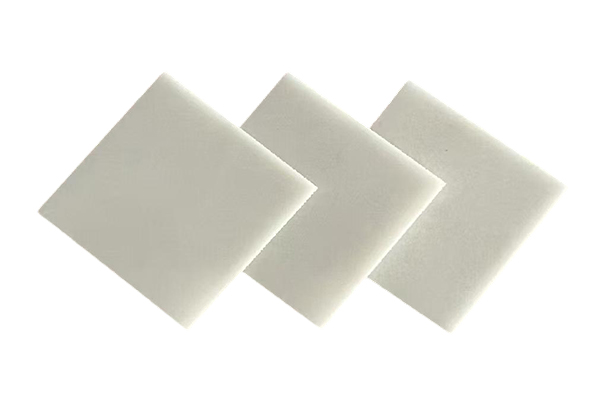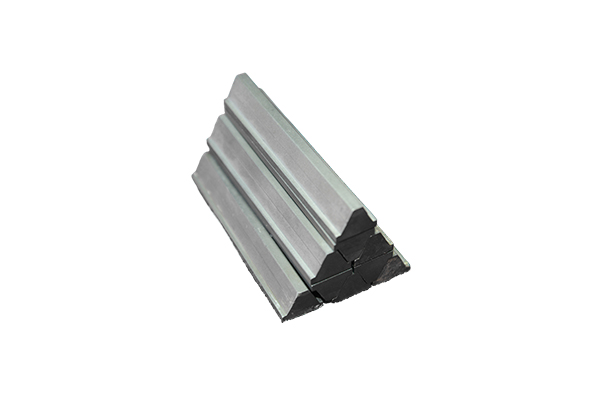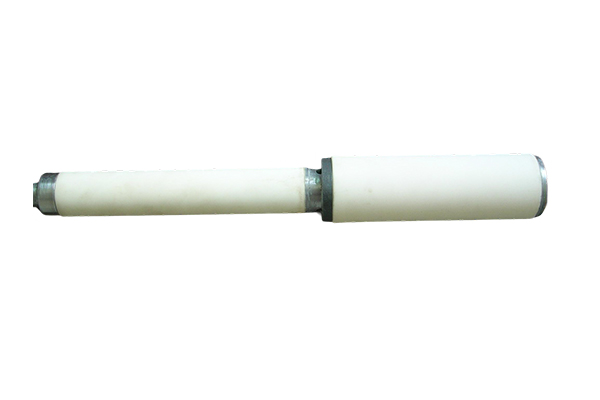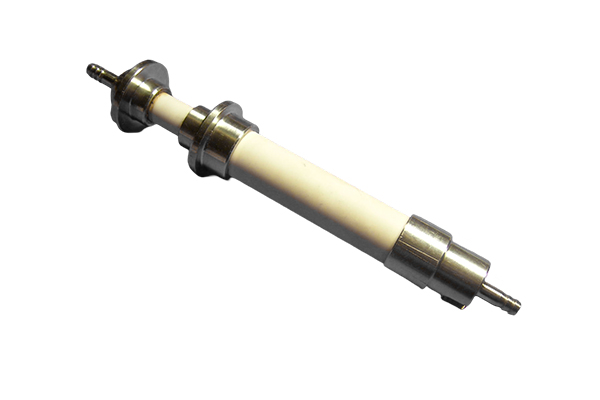How does the low thermal expansion coefficient of aluminum nitride substrate protect precision electronic components?
Release Time : 2025-07-28
The low thermal expansion coefficient of aluminum nitride substrate provides an invisible protective barrier for precision electronic components. During the operation of electronic equipment, temperature fluctuations are normal. From low temperature at startup to high temperature after continuous operation, changes in ambient temperature will cause thermal expansion and contraction of materials. Precision electronic components are often made of a variety of different materials, such as silicon inside the chip and metal leads for packaging, and the expansion characteristics of these materials are different. At this time, the aluminum nitride substrate, as the bearing base, can effectively reduce the stress transfer caused by temperature changes due to its own extremely small expansion amplitude, and avoid structural damage inside the component due to excessive expansion differences of different materials.
This stable dimensional characteristic is particularly important for electronic components with extremely high precision requirements. For micro sensors, high-frequency oscillators, etc., slight deformation of their internal structures may cause performance parameter drift or even complete failure. The aluminum nitride substrate hardly changes its own size when the temperature changes, so that the components fixed on it can always maintain the original relative position and connection state, ensuring that the conductivity of the circuit and the stability of signal transmission are not affected. This stable physical foundation is like building a solid platform for precision components, allowing them to maintain precise working conditions in an environment with temperature fluctuations.
During long-term use, electronic components will experience countless temperature cycles, from low temperature to high temperature and then back to low temperature. Repeated thermal expansion and contraction are like continuous "stretching" and "squeezing" of the material. If the expansion coefficient of the substrate is high, each temperature change will cause the component to deform greatly. Over time, fatigue damage will occur in the connection parts such as solder joints and leads between the component and the substrate, such as cracking of solder joints and breakage of leads. The low thermal expansion coefficient of the aluminum nitride substrate can minimize the amplitude of this repeated deformation, greatly reduce the fatigue stress on the connection parts, thereby delaying the aging process and extending the service life of the components.
For those highly integrated precision circuits, the spacing between components is very small, and even micron-level displacement may cause circuit short circuit or open circuit. The dimensional stability of the aluminum nitride substrate can ensure that the relative position between components is always kept within the design range, avoiding mutual extrusion, collision or spacing changes of components caused by expansion or contraction of the substrate. This ability to accurately maintain spatial position provides reliable physical protection for high-density integrated electronic components, allowing complex circuit systems to operate in an orderly manner in a compact space and reducing failures caused by structural misalignment.
In a high-temperature working environment, the mechanical properties of many materials will decline and become more fragile. At this time, if the substrate expansion coefficient is high, the expansion force generated may exceed the bearing limit of the component material, causing the component to crack or break. The aluminum nitride substrate not only maintains its own stable size at high temperatures, but its strong mechanical properties can also provide support for the components and resist the pressure brought by the external environment. It is like a calm guardian, which still maintains its own stability in a high-temperature environment, provides a safe space for the components, and avoids physical damage to the components due to deformation at high temperatures.
The performance of precision electronic components is often closely related to the integrity of the internal structure, such as the resonant cavity of the laser diode, the optical path alignment of the optical fiber communication module, etc., and slight structural deformation will cause a sharp decline in performance. The low thermal expansion coefficient of the aluminum nitride substrate can minimize the impact of temperature changes on the internal structure of the component, allowing its core components to always maintain the precise structure of the design. This protection of the internal structure directly translates into the stability and consistency of component performance, ensuring that the device can output stable signals or functions under different temperature conditions.
In addition, when electronic equipment is in an environment with drastic temperature changes, such as electronic systems in the aerospace field, it will experience a rapid transition from extremely low temperatures to high temperatures. At this time, the thermal shock resistance of the material is crucial. Due to its low thermal expansion coefficient, the aluminum nitride substrate generates very little internal stress during rapid temperature changes. It is not only not easy to damage itself, but also can pass this stability to the precision components it carries, avoiding structural cracking or performance failure of the components due to sudden thermal shock. This buffering ability against thermal shock allows precision electronic components to work reliably in more harsh environments, expanding their application range.








